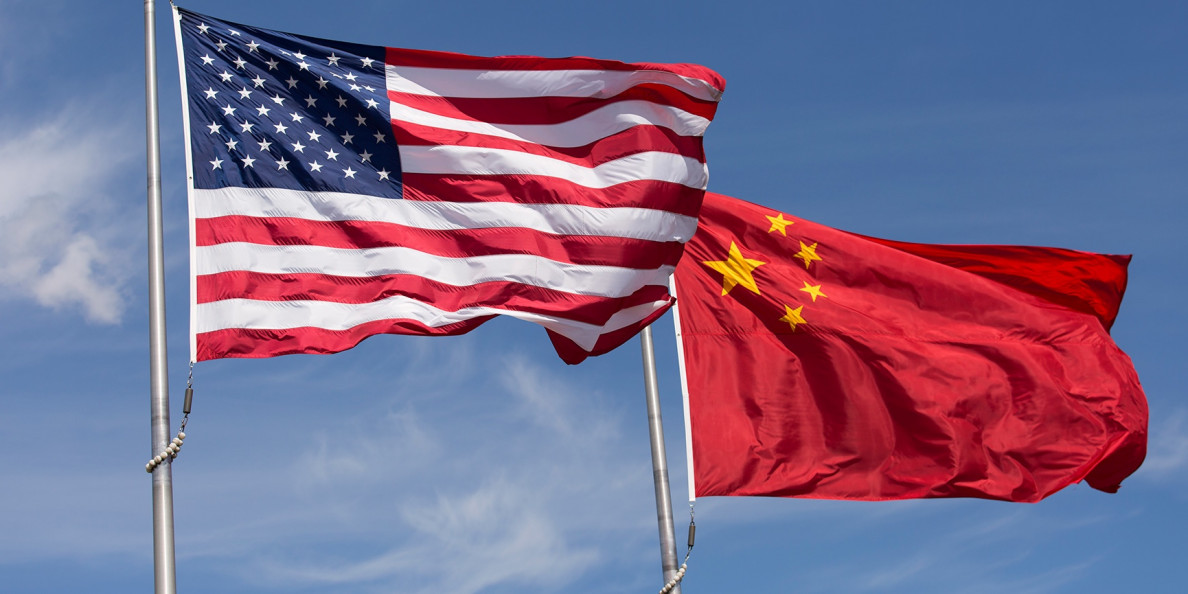Uncertainty has put a damper on Chinese demand for U.S. cotton.
Ramifications caused by the on-going China/U.S. trade war are impacting supply chain corridors across the world. Those ramifications have adversely impacted the world cotton market, especially for customers of U.S. cotton.
“Anytime there is uncertainty in global cotton trading, it creates confusion and that confusion has put a damper on Chinese demand for U.S. cotton right now,” says Frederick Barrier, vice president, sales, Staplcotn, during his global cotton market overview at the recent Southern Cotton Ginners Association meeting in Branson, Mo.
When talks of a trade war emerged last spring, cotton futures were trading in the 90-cent range. When the first round of talks collapsed, they dropped further.
“After a 10 percent tariff was levied on more than $200 billion worth of goods, futures dropped again,” says Barrier. “But when we got a 90-day treaty, futures bounced back up, and when trade talks were put on hold until the beginning of 2019, there was a sense of optimism because cotton seemed to be the commodity with the most market opportunity.”
Futures prices have moved with the progression of the trade war.
“There exists a very complex system of trade lanes across the world and when something, like this trade war occurs, it not only impacts the raw cotton market, it shifts the buying logistics for cotton yarn and fabric markets as well.”
Barrier told the ginners that Hank Reichle, president and CEO, Staplcotn, was on a trip to Korea with a Cotton Council International delegation and met with Korean textile industry leaders. Those leaders say textile margins are razor thin, and their buyers have been losing money for over a year.
When the cotton market falls, demand is usually stimulated. “For some reason, this drop in the futures market hasn’t stimulated that demand,” says Barrier.
Brazil, impending U.S. crop and China
On his most recent trip to China, Barrier talked with Chinese cotton buyers who said they were loving the huge crop Brazil had last year. “They said the quality is excellent, so you have to tip your hat to Brazil, but that’s news I didn’t like hearing,” says Barrier.
Brazilian cotton producers grew 12.8 million bales of fiber — averaging almost 1,500 pounds an acre in 2018. “From 2014 to 2016, they were harvesting only 6 million to 7 million bales,” says Barrier. “Current forecasts anticipate they will press 12 million bales this year.”
Brazil consumes only 3.7 million bales domestically, so most of their cotton will be aimed toward the export market. In 2016, they exported 2.8 million bales, but this year, they anticipate shipping out over 8 million bales. “They are shipping more cotton to China — once our largest cotton customer,” says Barrier. “In 2016, they sold China less than 400,000 bales, but year-to-date, they have already shipped them 1.8 million bales.”
China needs cotton. In 2014, their stocks were approaching 67 million bales, of which 51 million were reserves. Those reserves have been reduced.
“In 2015, they dropped to 39 million bales and dropped again to 27 million in 2016,” says Barrier. “It is estimated by the end of this year their reserves will fall to 8.3 million. They need cotton, and the U.S. is going to harvest a lot of it this year.”
Barrier knows the U.S. is in a good position to capitalize on demand a trade deal would bring. “Our trade lanes are good, our relationships are established with their buyers, finances are in place, and letters of credit are easily opened,” says Barrier.
A recent article in Bloomberg caught Barrier’s eye. “Li & Fung Ltd. sources and transports goods from Asia to some of the world’s largest retailers across the globe, including to the U.S.,” says Barrier. “The article detailed how they are being pushed by their American clients to shift production out of China. It comes back, like I mentioned earlier, changes and disruptions create market uncertainty and instability. We need a trade deal, and the U.S. cotton industry, especially with us looking at a 22 million bale crop, is in a great position to capitalize on it — if, and when, it happens.”


